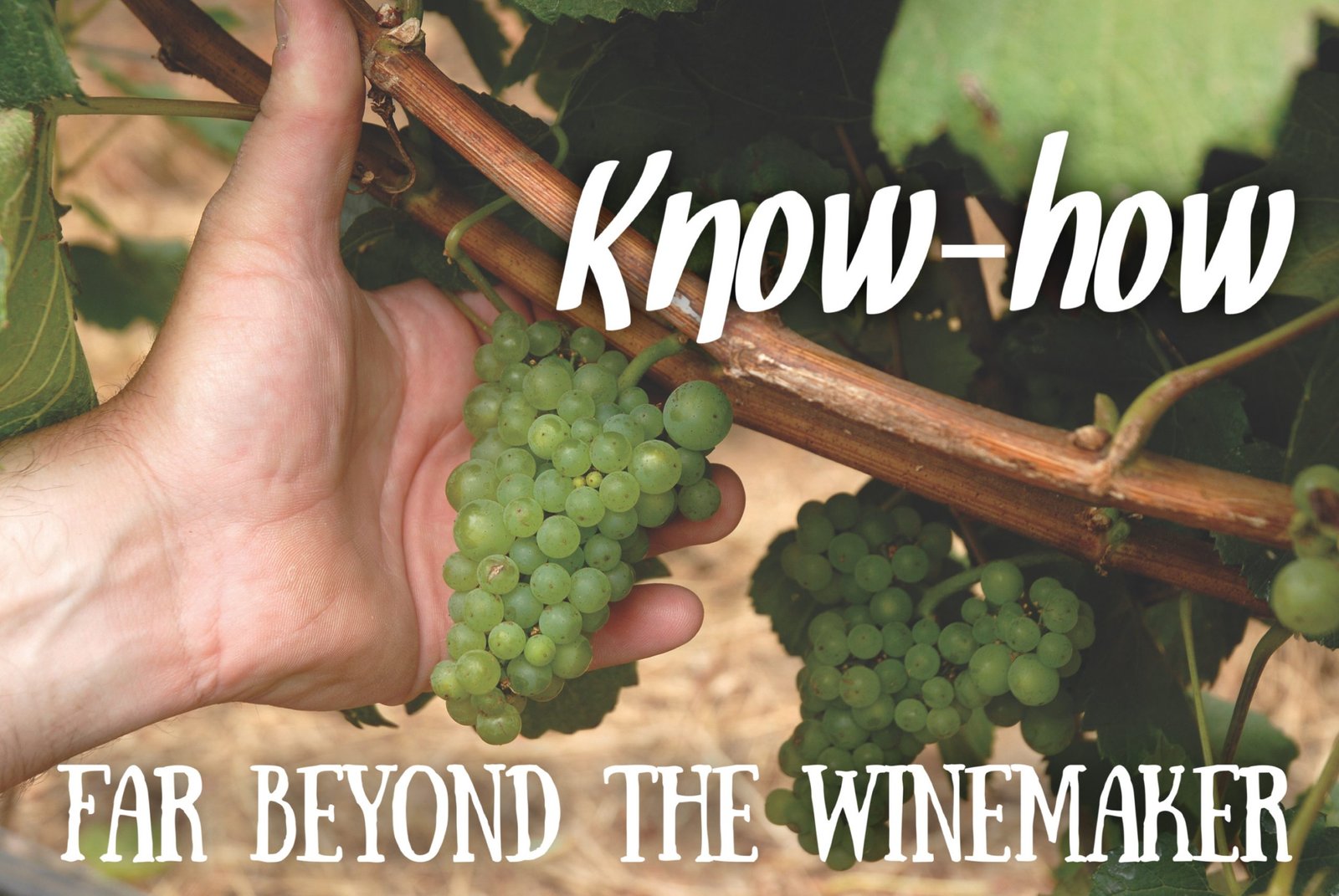Terroir is a term frequently used in the world of wine, but what exactly does it mean? Terroir refers to the combination of factors that contribute to the unique characteristics of a wine, including the climate, soil, topography, and the specific practices employed by winemakers in a particular region. In this article, we will explore the key elements that define terroir in winemaking, and how they can greatly influence the flavor, aroma, and overall quality of a wine.
Understanding terroir is essential for both winemakers and wine enthusiasts, as it helps to explain why wines from different regions can taste so distinct from one another. By paying attention to the specific terroir of a wine, we can gain a deeper appreciation for the art and science behind winemaking, and the countless hours of hard work that go into producing each bottle.
The Climate
The climate plays a crucial role in shaping the characteristics of a wine. The temperature, rainfall, and overall weather patterns of a region can greatly influence the ripening of the grapes and the length of the growing season. Hot climates tend to produce wines with higher levels of sugar and alcohol, while cooler climates can result in wines with higher acidity and lower alcohol content.
For example, regions with a Mediterranean climate, such as the southern Rhône Valley in France, are known for producing full-bodied red wines with rich flavors and high alcohol content. On the other hand, regions with a cool climate, like the Mosel Valley in Germany, often produce lighter-bodied white wines with crisp acidity and lower alcohol levels.
The Soil
The soil composition of a vineyard has a direct impact on the flavors and structure of the resulting wine. Various types of soil, such as limestone, clay, sand, and gravel, can each contribute different characteristics to the grapes and, consequently, to the wine. The composition of the soil affects the drainage, water retention, and nutrient availability for the vines, ultimately influencing their growth and the development of their grapes.
For instance, vineyards planted in limestone-rich soils, like those found in Burgundy, tend to produce elegant, mineral-driven wines with good acidity. In contrast, vineyards planted in clay soils, such as those found in Tuscany, often yield wines with more fleshy, robust flavors.
The Topography
The topography of a vineyard, including its altitude, slope, and orientation, can greatly impact the microclimate of the site. Vineyard sites at higher altitudes or on steep slopes tend to have better air drainage and sun exposure, which can enhance the ripening process and overall quality of the grapes. Additionally, vineyards that face a certain direction can benefit from specific wind patterns or variations in sunlight throughout the day.
For example, vineyards in the Douro Valley in Portugal, which are planted on terraced slopes along the banks of the Douro River, benefit from excellent sun exposure and good drainage, resulting in high-quality grapes that are used to produce some of the world’s finest Port wines.
The Grape Varieties
The choice of grape varieties planted in a vineyard is also an important element of terroir. Different grape varieties have different flavor profiles and growth requirements, and they can interact uniquely with the climate, soil, and topography of a specific region. Some grape varieties thrive in cool climates, while others prefer warmer conditions.
For example, Pinot Noir is a grape variety that is well-suited to cool climate regions like Burgundy or Oregon, where it can develop its signature flavors of red fruits, earth, and spice. On the other hand, grape varieties like Malbec or Syrah tend to perform better in warmer climates such as those found in Argentina or the Rhône Valley.
The Winemaking Practices
In addition to the natural elements of terroir, the specific winemaking practices employed in a region can also contribute to the overall expression of a wine. These practices can include the choice of fermentation vessels, the duration of maceration, the use of oak aging, and the overall winemaking philosophy.
For example, winemakers in Burgundy often use traditional winemaking techniques, such as fermenting the grapes in open-top wooden vats and aging the wine in French oak barrels. These techniques add complexity and structure to the wines, and are seen as part of the terroir of the region.
The Importance of Terroir in Winemaking
Terroir is a fundamental concept in winemaking, and understanding its influence is vital for both winemakers and consumers. It helps to explain the diversity and uniqueness of wines from different regions, and it allows us to appreciate the intricate relationship between nature, climate, and the craft of winemaking. By paying attention to the key elements of terroir, we can gain a deeper understanding of the wines we enjoy and the stories they tell.
Next time you open a bottle of wine, take a moment to consider the terroir that shaped it—the climate, soil, topography, grape varieties, and winemaking practices that all played a part in creating the complex flavors and aromas you are about to experience. It is these key elements that define terroir in winemaking, and they are what make each bottle of wine a unique and captivating expression of its origin.
